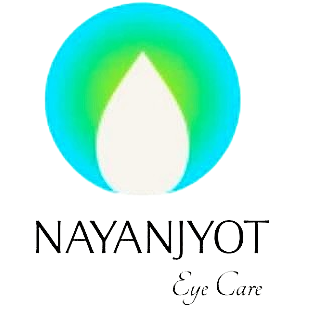Spectacles For Children

Children wearing glasses today is a more common sight than it was in the past. The reasons for this could be more awareness amongst parents, school eye checkups picking up reduced vision and increased gadget use of the current generation
Benefits of spectacle use in childhood:
- Wearing spectacles is essential for the normal development of vision in children. If a child has a refractive error and does not use glasses in childhood, he may not see and rarely may never be able to see small letters even if he starts using spectacles in his later life.
- As spectacles help children see better, they can often function and perform better with them.
- In some cases, spectacles can help reduce the squinting or misalignment of the two eyes.
- If spectacle use is started early enough, it can strengthen the vision of a weak eye.
When should a child’s eyes be tested?
- every child should be tested for glasses at pre-school age (3 years)
- at birth for premature babies
- at any point if child has symptoms like squint, squeezing eyes to see, poor vision, white reflex in the eye, moving closer to see, etc
In children, it is essential to relax the focusing muscles of the eyes or dilate the pupils with eyedrops (cycloplegic refraction) to obtain accurate readings for spectacles. Special instruments are used by ophthalmologists or optometrists to then provide suitable glass prescriptions.
Types of refractive error:
- Myopia or short sightedness (minus power) is commonest refractive error
- Hyperopia or long sightedness (plus power): Most children are hyperopic early in life. 1-2 D hyperopia does not require use of glasses as it can be overcome by the focusing muscles of the eyes. Only if it is high or causing cross-eyed appearance or eyestrain, spectacles are prescribed.
- Astigmatism (cylindrical error)- difference in surface curvature of the eye causes an error at only one meridian
- Anisometropia- difference in the refractive error of two eyes
How will I get my child to wear glasses?
If the child sees better through the glasses, the child will use them! As parents, it is important to not be disappointed or blame the child for screen time; instead have a positive attitude and encourage the child to use glasses.
Things to remember for kid’s spectacles:
Getting a good frame fit from an optician experienced in paediatric eye wear is essential to help the child adjust to spectacles. The eye should be centered in the middle of the lens. The frame should sit softly on the cheek, should not be higher than the eyebrows or wider than the face. It should not be a frame that the child will grow into in a few months, it should fit the child today! The material of the spectacles needs to be light weight (eg. titanium frames), the lenses also need to be light and shatterproof/resistant (eg. polycarbonate lenses).
In very young children, the nose bridge is not well developed and it is important for there to be a large contact area of the frame on the nose bridge. If it is too narrow at the nose, the specs wont be close to the eyes and if it is too wide, they will slip off.
For children, spring hinges can be added at the temples, or ear grips/ comfortable cables that fit around the ears to help keep the glasses in the correct position when they look down.
Anti-glare coating can also be added to the spectacles.
Children need to use glasses constantly, all-day, from waking up to sleeping! And as they grow, the eye power can change frequently. This necessitates regular/6 monthly re-checking of spectacle power in their growing years. A new pair of glasses would have an adaptation time for up to 2 weeks and if one feels child prefers not to se them or look over them, kindly get the eyes and power rechecked.

